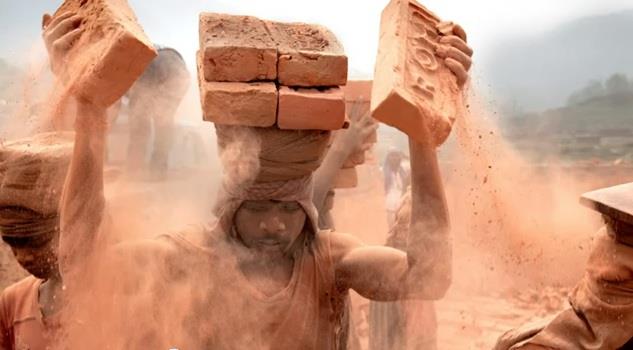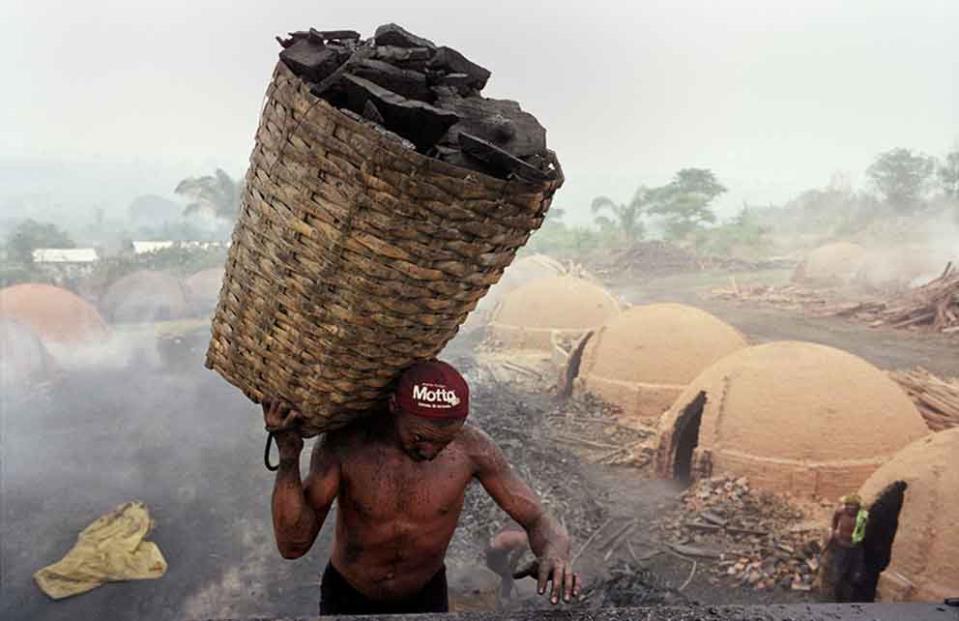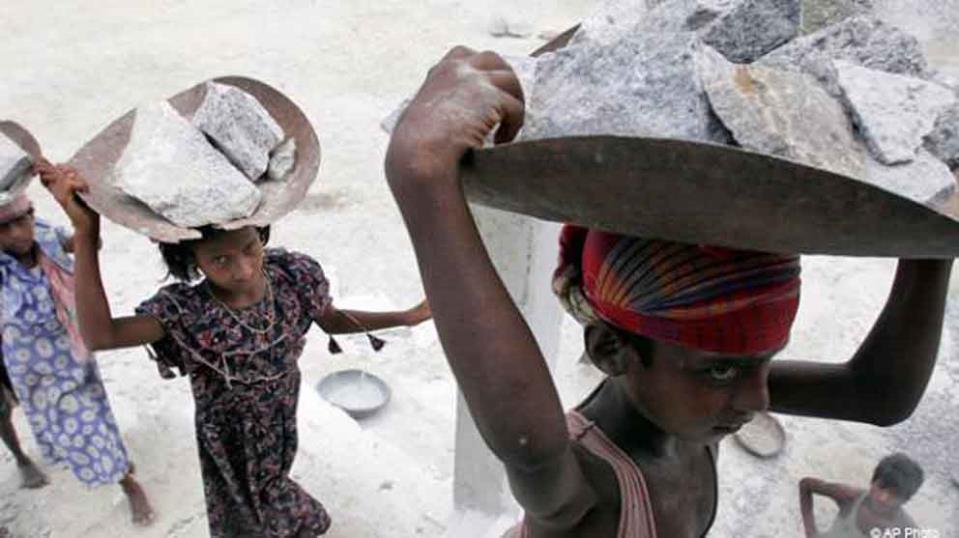There are 35.8 million people in slavery according to the World Slavery Index 2014, 61% of whom are in Russia, India, Pakistan, Uzbekistan and China.
The index features 167 countries however Malta is not listed. Malta is mentioned only once in the document, in relation to Russia.
"When migrating externally, Russian nationals predominantly move to nearby Eastern European countries such as the Ukraine, Kazakhstan and Belarus, but sizeable populations are also present in Israel and across Western Europe. While most Russian nationals enter other countries legally, some overstay their visa period making them more vulnerable to forced labour and sexual exploitation.Russian victims have been identified in Greece and Cyprus, the Middle East, Egypt, China, Spain and Malta".

What is modern slavery?
Different countries use different terminology to describe modern forms of slavery, including the term slavery itself in addition to other concepts such as human trafficking, forced labour, debt bondage, forced or servile marriage, and the sale and exploitation of children.
All of these crimes share some common features. For the purpose of the Index, modern slavery involves one person possessing or controlling another person in such as a way as to significantly deprive that person of their individual liberty, with the intention of exploiting that person through their use, management, profit, transfer or disposal.
It involves the recruitment, transportation, transfer, harbouring or receipt of persons by means of threats or use of force or other forms of coercion, of abduction, of fraud, of deception, of the abuse of power or of a position of vulnerability or of the giving or receiving of payments or benefits to achieve the consent of a person having control over another person (these means are not required in the case of children).
With the intent of exploiting that person through prostitution of others, sexual exploitation, forced labour, slavery (or similar practices), servitude and removal of organs.

167 countries
The 2014 Global Slavery Index presents a ranking of 167 countries based on the percent of a country's population that is estimated to be in modern slavery. Five countries are appearing in the Global Slavery Index for the first time: Taiwan, South Sudan, North Korea, Kosovo and Cyprus.
India, for example, has an estimated slave population of 14,285,700, making it the highest ranking country in this regard. China falls in right behind with 3,241,400 estimated people in slavery. The first European Union country on the list is Poland, ranked 61st, with an estimated slave population of 71,900

Tackling the problem
All countries, with the exception of North Korea, have domestic legislation which criminalises some form of modern slavery. This ranges from articles in their penal codes criminalising forced labour or child commercial sexual exploitation, through to fully fledged counter trafficking legislation. Australia and the United Kingdom currently criminalise all forms of modern slavery, including forced marriage. While in most countries there is room for improvement, somelaws do exist to hold perpetrators to account in almost every country, which suggests much more could be done within existing frameworks.
Identifying victims is a critical first step to ensuring that they are removed from harm and provided with support. Most governments provide some training to front line law enforcement on how to identify victims. The 2014 index does not take into account the scale or quality of training, however states that fewer governments are providing training for other potential 'first responders', that is those in the health and social services, teachers, or those who work in the tourism industry, who may also come into contact with victims.
The Index ranks governments based on their response to slavery in the aforementioned regard.
The Netherlands ranks first with an AA rating. Sweden comes in second and the United States in third. Last on the list are Iran and North Korea.
Case Study: Russia
The report defines Russia as an "international hub for labour trafficking - both an origin and destination country for victims of trafficking and a regional trafficking transit point. The most prevalent forms of modern slavery are the exploitation of foreign migrant workers in forced labour and the trafficking of women and children for commercial sexual exploitation, within Russia and abroad.
Russia's response to tackling modern slavery is very weak. Field sources reported that some regional governments contracted NGOs to train police officers on how to identify and assist victims of human trafficking and modern slavery, but these actions were not systematic, nor recurrent, and varied according to region.20 Small positive steps in pockets of the country were not reflected on a national level.
The report read that five people disappeared in 2013 after an alleged abduction-style detention by security forces in Ingushetia and another incident occurred in Chechnya in early 2013. In addition powerful organised crime syndicates and pervasive corruption in law enforcement increase the risk of forced labour and sexual exploitation in Russia. "Sources suggest that it is common for the owners of premises selling sex to send their 'employees' to saunas with police officers in exchange for protection from investigation and arrest. It is also suggested that police officers directly participate in trafficking by returning victims to their exploiters after they have escaped and reported to police".